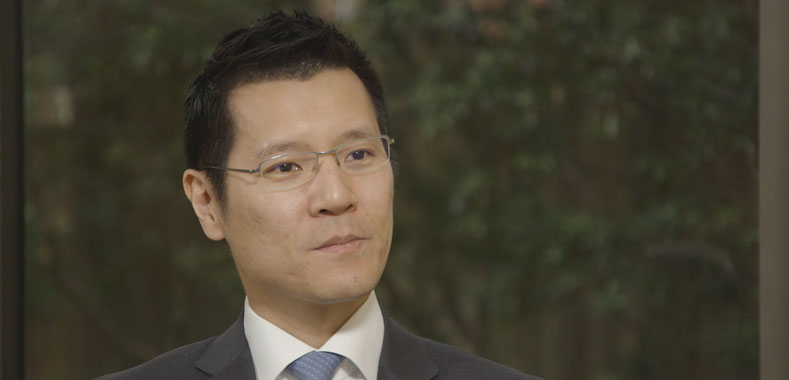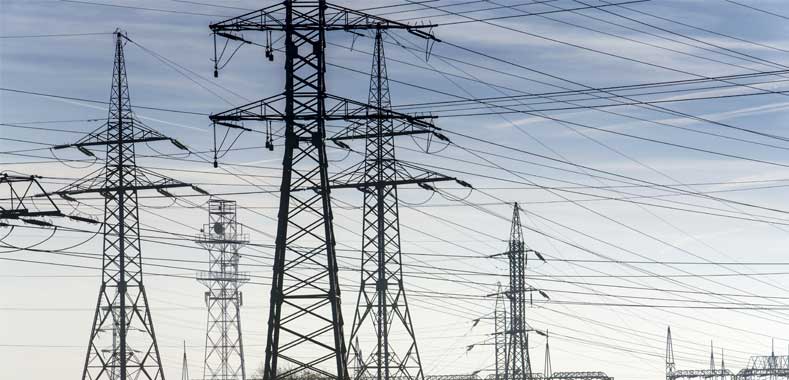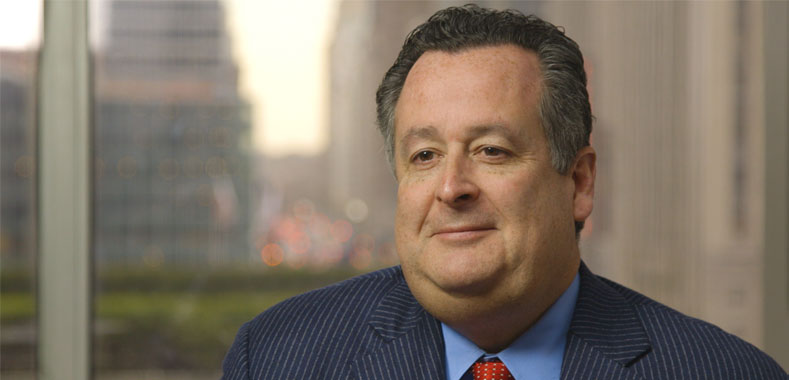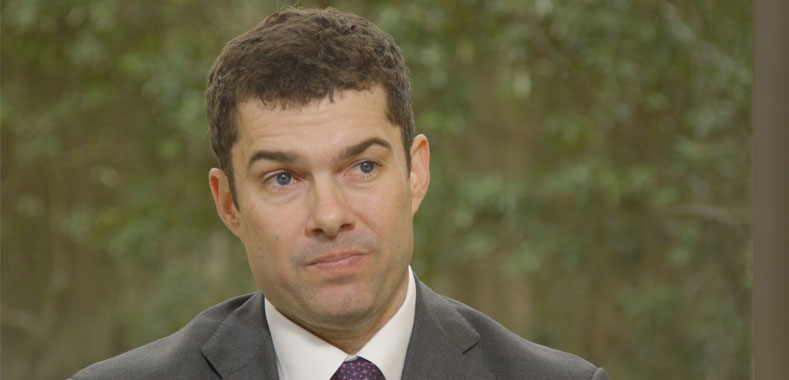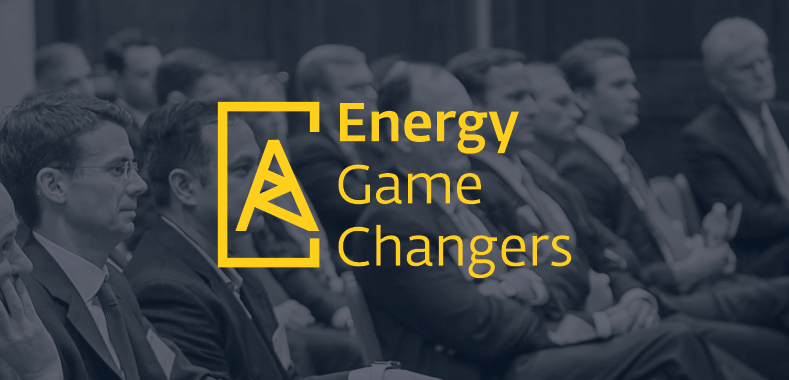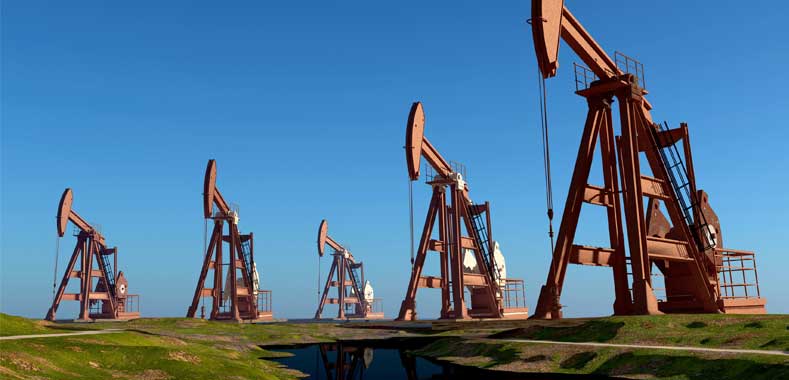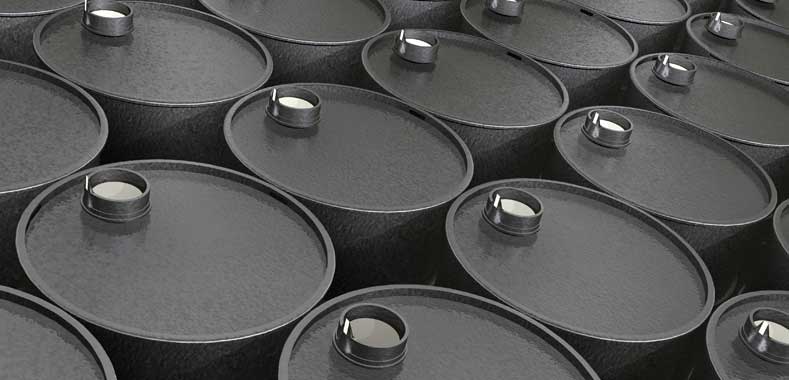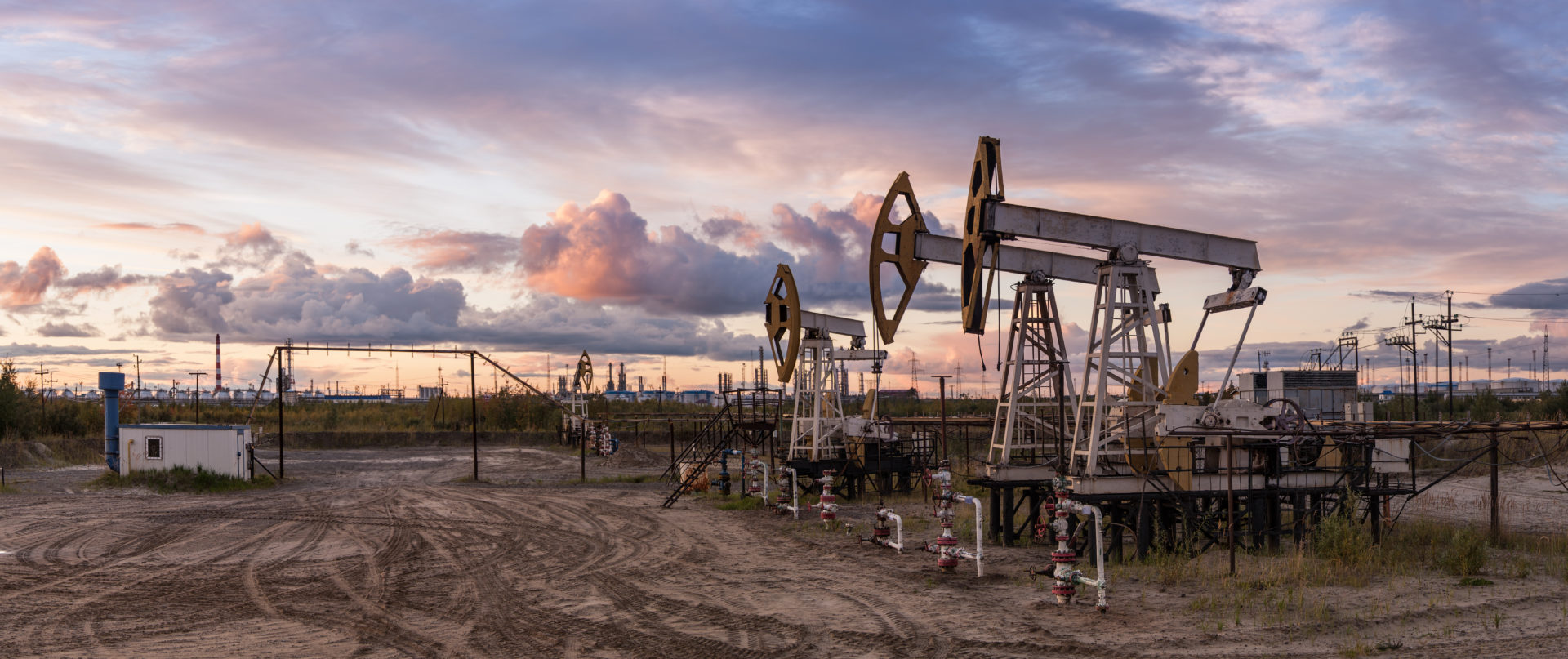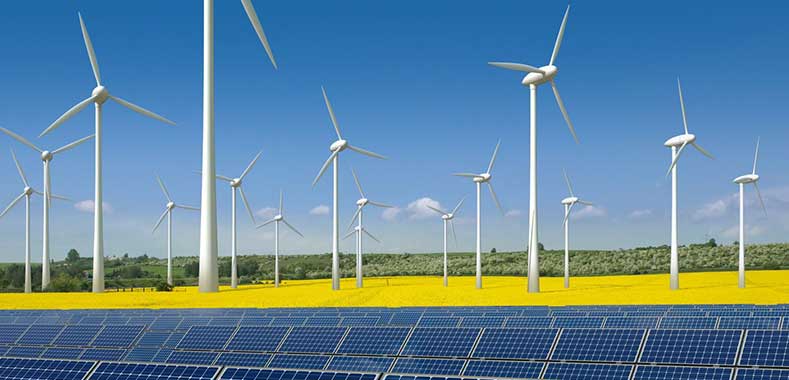Underwriting Volatility
Download the article here
With 26 years in the energy investment business, Richard Aube has seen many deals through many market cycles. While commodity prices do affect the economics of oil and gas platforms, Aube stresses that smart underwriting can protect value in the long term. Here are excerpts from his recent comments at the Privcap Game Change: Energy 2017 conference:

Pine Brook
Privcap: What are your most important considerations concerning oil price when underwriting a deal?
Richard Aube, Pine Brook: New investments for us could be new investments from the fund or acquisitions made by our portfolio companies. We don’t think a whole heck of a lot about the front-month oil price or the front-month gas price. Ultimately, we’re underwriting rather than forecasting price. We do a heck of a lot of work to figure out where we want to be as long-term owners of resource.
So it doesn’t really matter to us when underwriting a deal whether oil is at $58 or $56. It matters more where we think it’s likely to shake out. Ultimately we’re not trading the commodity, we’re building businesses around its conversion of resource into cashflow.
We like to find opportunities where our management teams can find resource that makes good money at $50. And that’s regardless of whether front-month oil is at $56 or $46.
Privcap: Do you need to re-underwrite and make new assumptions with each portfolio-company add-on?
Aube: I’d love to say we don’t change them. Ultimately the $50 price is driven by at least a couple of defining principles. It starts with where we think the price has to be to attract capital, meaning the price at which there is a return that will draw capital into the industry.
When we look at an acquisition for a portfolio company, we’ll run a variety of different price sets and ultimately assess that we’ll get paid to own this resource in the type of environmental that we’re likely to be in.
So it’s less about forecasting and more just about a supply stack concept. The truth of the matter is that prior to [the oil price drop of] 2014, we were all searching for the opportunity to grow production in a way that became obvious. We internally started to underwrite to $60, to $65 and ultimately that’s where the industry had it wrong and made goals, but we just didn’t need that many barrels to balance the market.
A veteran oil and gas investor talks about smart long-term investing with a high certainty of wild commodity swings.



